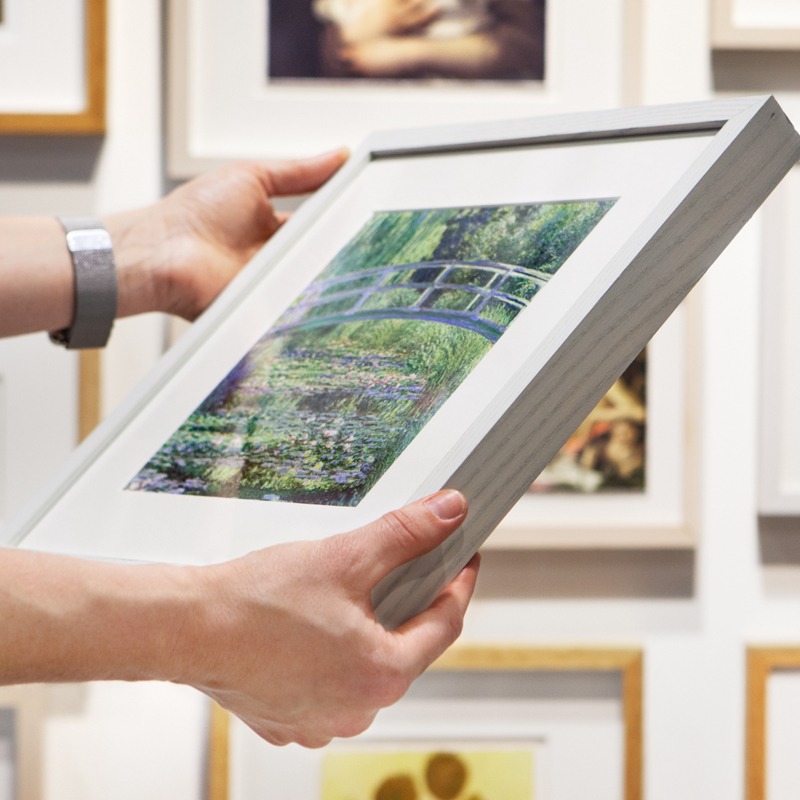Vincent van Gogh, 'Head of a Peasant Woman', about 1884
About the work
Overview
In late 1883 Van Gogh moved to the town of Nuenen in North Brabant, in the south of the Netherlands. His arrival there marked the beginning of a highly productive period that was to culminate in his first major painting, The Potato Eaters of 1885 (Van Gogh Museum, Amsterdam).
This picture belongs to a group of around 40 peasant portraits that Van Gogh painted directly from life in Nuenen during the winter of 1884–5. All the portraits show the head from the shoulders up, either frontal or in profile, set against a dark background, and all the sitters are wearing their working clothes. Depicted here is a young woman with large dark eyes and an evenly lit face that is broad and open. Although she has strong features, the outlines of her face are rounded rather than angular, and her expression is wistful, even sad. More than just a stock type, she is perhaps an individual with whom Van Gogh felt some rapport.
Key facts
Details
- Full title
- Head of a Peasant Woman
- Artist
- Vincent van Gogh
- Artist dates
- 1853 - 1890
- Date made
- about 1884
- Medium and support
- oil on canvas
- Dimensions
- 40.3 × 30.5 cm
- Acquisition credit
- Accepted under the Cultural Gifts Scheme by HM Government and allocated to The National Gallery, 2013
- Inventory number
- NG6648
- Location
- Not on display
- Collection
- Main Collection
- Frame
- 17th-century French Frame
Provenance
Additional information
Text extracted from the National Gallery’s Annual Report, ‘The National Gallery: Review of the Year, April 2013 – March 2014’.
Bibliography
-
2014National Gallery, The National Gallery: Review of the Year, April 2013 - March 2014, London 2014
About this record
If you know more about this work or have spotted an error, please contact us. Please note that exhibition histories are listed from 2009 onwards. Bibliographies may not be complete; more comprehensive information is available in the National Gallery Library.








